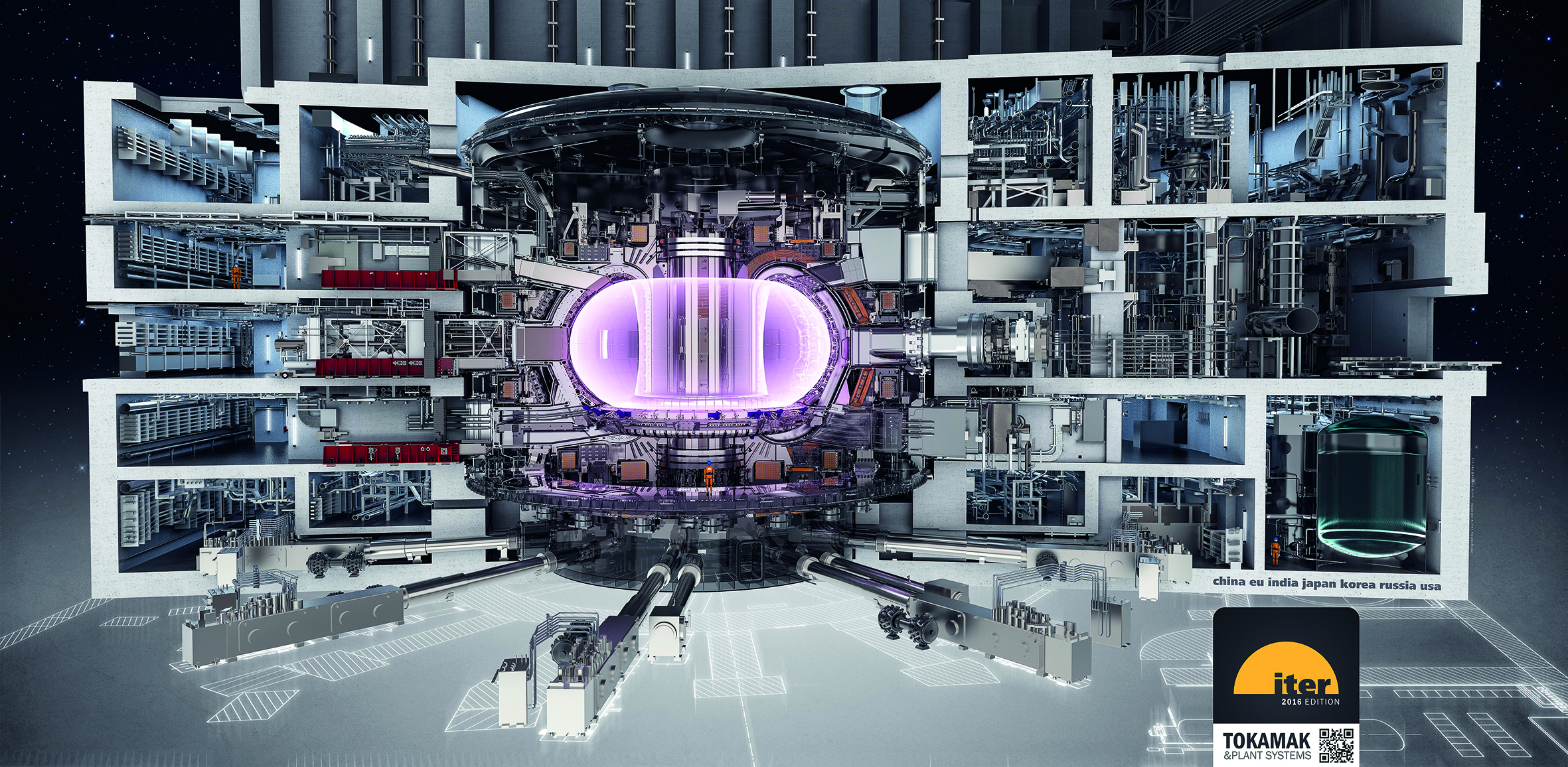Currently, about eight billion people live on earth. Eleven billion inhabitants are predicted for the end of the century. As the world's population increases, so does daily energy consumption.
The research project currently under construction at ITER (International Thermonuclear Experimental Reactor) in Cadarache, southern France, is designed to pave the way for humanity to a new climate-friendly, efficient, and non-hazardous energy source. Thus, the magnetic fusion device will prove the feasibility of fusion as a large-scale and carbon-free energy source on our planet, imitating the principle of the sun.
Core component of the power plant: a donut-shaped reactor
The core component of the international experimental power plant is a gigantic donut-shaped reactor: This contains a vacuum vessel weighing approximately 8,000 tons made of chromium-nickel steel, a special production with a quality specified especially for ITER. Inside it, a strong magnetic field will in future hold a gram of deuterium-tritium gas on narrow helical paths. This gas will be heated to 150 million degrees Celsius and brought into the plasma state. As a result, the plasma is hotter than the sun itself, allowing its principle of energy output to be replicated.
Electron beam joins vessel weighing several tons
To withstand the forces that will prevail in the future, five of the nine sectors of the vessel were welded using pro-beam's electron beam technology. In 2001, Fusion For Energy integrated the German joining expert into the development of the manufacturing strategy. The electron beam had never before been used in pressure vessel construction in the energy sector, but the positive characteristics of the technology convinced the decision-makers. In addition, pro-beam has the largest civil welding system in the world and was thus in a position to also provide the mechanical basis for the components, which are up to twelve meters high and five meters wide.
The project has now been completed by pro-beam. As things stand at present, the experimental reactor will first go into operation in 2025.





